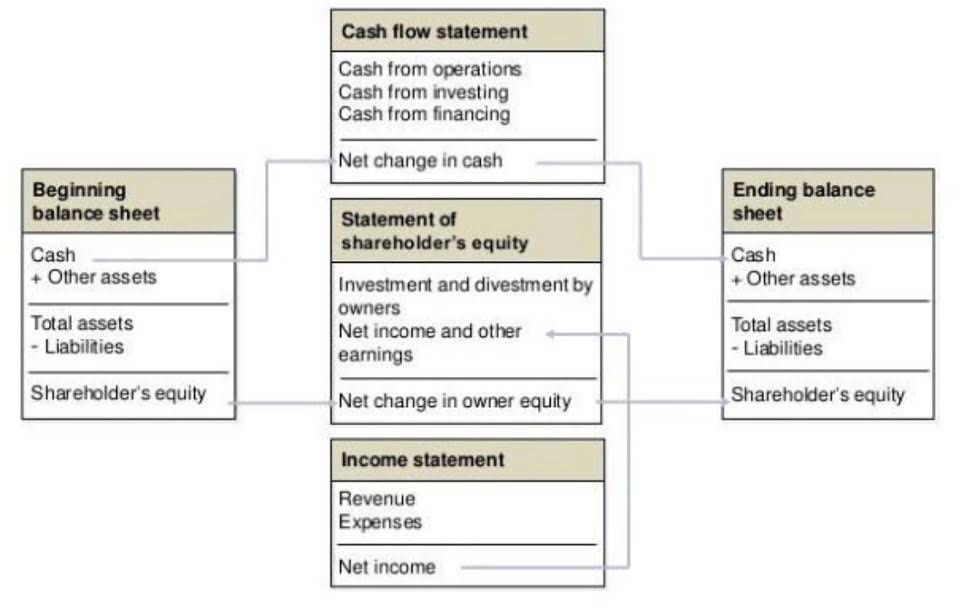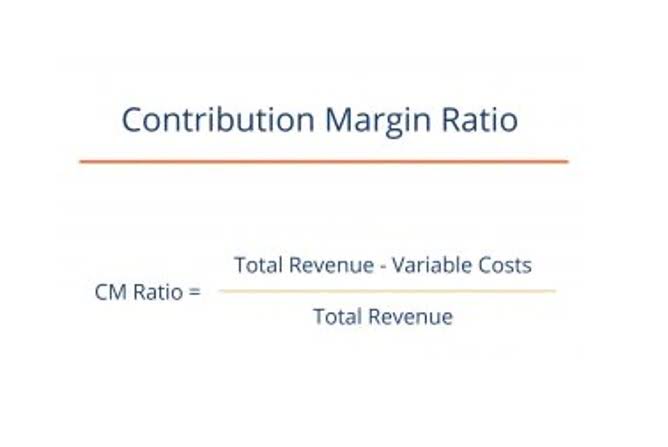
When a company engages accounting in financial factoring, the fees and the interest they pay can often be counted as business expenses. These expenses can be deducted from the company’s income, creating a tax shield. This reduction in taxable income translates to paying less tax, enhancing the company’s cash on hand and financial health.

Maximizing Tax Shield Benefits
As we navigate the complexities of the modern financial landscape, the strategic use of tax shields has become increasingly sophisticated. Companies and individuals alike are seeking innovative ways to leverage tax advantages that not only comply with the ever-evolving tax regulations but also enhance their economic efficiency. The concept of a tax shield, particularly in the context of EBITDA (Earnings Before Interest, Taxes, Depreciation, and Amortization), serves as a critical tool for boosting free cash flow. It allows entities to deduct certain expenses from their taxable income, thereby reducing their overall tax liability and freeing up capital for reinvestment or distribution.

Successful Application of Tax Shields in Various Industries
Tax Shield is a crucial concept in the realm of finance, particularly in the context of debt financing and depreciation in capital budgeting. In this section, we will delve into the intricacies of Tax Shield, exploring its various perspectives and shedding light on its importance. Company XYZ purchased a piece of machinery for $100,000, which has a useful life of 10 years. Using the straight-line depreciation method, the annual depreciation expense would be $10,000.
Debt Financing and Its Impact on Tax Shield Benefits
- Other tax deductions include student loan interest, charitable donations, and certain medical expenses.
- This cap underscores the importance of carefully assessing debt strategies to optimize interest deductions.
- By strategically maximizing tax shield benefits, companies can navigate the financial landscape with agility, shielding their wealth from the tax storm.
- A nuanced approach that takes into account the company’s financial health, market conditions, and strategic objectives is necessary to fully harness the advantages of the tax shield effect.
- When utilized strategically, they become essential for financial planning.
- This means the company effectively pays $3,000 less in taxes due to the interest expense deduction.
- In the U.S., the corporate tax rate has shifted over the years, with the Tax Cuts and Jobs Act of 2017 setting it at 21%.
You have a little bit of flexibility with a tax shield since you have an opportunity to reduce taxable income for a specific tax year. Alternatively, you have the opportunity to move it forward to a future point in time. From an investor’s viewpoint, the tax shield is a component of the value creation process. Investors often look for companies that efficiently use debt to generate tax savings, as this can lead to higher returns on equity due to the leverage effect. If it doesn’t have any interest expense, it pays taxes on the entire $1 million. However, if it borrows $2 million at 5% interest, its taxable income reduces to $500,000 ($1 million − $500,000 interest expense).
- Companies should assess their unique circumstances, consider trade-offs, and adopt strategies that enhance value while managing risks.
- Maintaining detailed records is crucial to substantiate these deductions during audits.
- In this section, we delve into the intricacies of calculating tax shields, exploring different perspectives and providing practical examples.
- Companies may opt for higher levels of debt in their capital structure to capitalize on the tax shield effect, which can lead to a more leveraged but potentially more valuable firm.
- You may also look into the related articles below for a better understanding.
- The integration of tax shields into long-term financial planning is a multifaceted approach that requires careful consideration of various financial and regulatory factors.
The Internal Revenue Service (IRS) allows businesses and individuals to deduct certain qualified expenses, thereby lowering their taxable income and their ultimate tax liability. This tax-efficient investment method is used particularly by high-net-worth individuals and corporations that face steep tax rates. A tax shield will allow a taxpayer to reduce their taxable income or defer their income taxes to a time in the future. To calculate a tax shield, you need to know the value of your tax-deductible expenses and your own individual tax rate. It enables individuals and businesses to save money on taxes by taking advantage of deductible expenses. In the context of financial factoring, understanding and utilizing tax shields can lead to improved cash flow and better financial decision making.
( . Annual DTS available at 37% tax rate:

Tax shields, such as the deductibility of interest expense or depreciation, can significantly reduce a company’s taxable income, thereby enhancing its free cash flow. These deductions reduce a taxpayer’s taxable income for a given year or defer income taxes into future years. Tax shields ultimately reduce the amount of taxes owed by an individual or business. To optimize the benefit of depreciation tax shield, companies should consider the use of an accelerated depreciation approach to depreciate their fixed assets. The reason is that, this technique provides a larger depreciation as tax deductible expense in early years of asset’s economic life and less depreciation in later years. Accelerated depreciation is a tool for taxpayers to defer the payment of income tax until some later years by deferring the recognition of a portion of taxable income.

Strategies for Maximizing Tax Shield Benefits
The strategic use of tax shields has been instrumental in enhancing the free cash flows of companies across various industries. This financial maneuver is particularly significant in capital-intensive industries where large investments in assets are commonplace. The depreciation on these assets can be used as a tax shield, which, tax shield accounting when applied judiciously, can lead to substantial tax savings over time. This financial tool leverages the allowable deductions from gross income, such as interest on debt, depreciation, and amortization, to enhance a company’s cash flow. Maximizing free cash flow is a pivotal goal for any business, and the strategic use of tax shields can be a powerful tool in achieving this objective. Tax shields refer to the reduction in taxable income that a company can achieve through the deduction of certain expenses, such as interest payments, depreciation, and amortization.
- When a company engages in financial factoring, the fees and the interest they pay can often be counted as business expenses.
- Remember, the goal is not just to shield taxes but to optimize overall financial performance.
- The application of tax shields is a powerful strategy that can significantly affect a company’s financial health.
- The value of the interest tax shield is the present value, i.e., PV of all future interest tax shields.
The interest payments on this debt reduce the company’s taxable income, thereby lowering its tax bill. If the company is in a 30% tax bracket, every dollar of interest paid saves the company $0.30 in taxes. However, if the company’s earnings are volatile, the fixed nature of debt payments can become a burden during downturns, potentially leading to financial distress. Depreciation Interior Design Bookkeeping tax shield can dramatically impact the NPV of a proposed project, especially when the company’s tax rate is higher and the project involves the use of costly fixed assets.
It can also depend on the type of taxable expenses being used as a tax shield. The good news is that calculating a tax shield can be fairly straightforward to do as long as you have the right information. You will need to know your individual tax rate as well as the amount of all your tax-deductible expenses. Explore how tax shields optimize financial strategies through deductible items and calculations, influencing capital decisions effectively. That interest is tax deductible, which is offset against the person’s taxable income. A firm that effectively uses its tax shield can often distribute higher dividends or reinvest more into the business, which can lead to higher stock prices.

